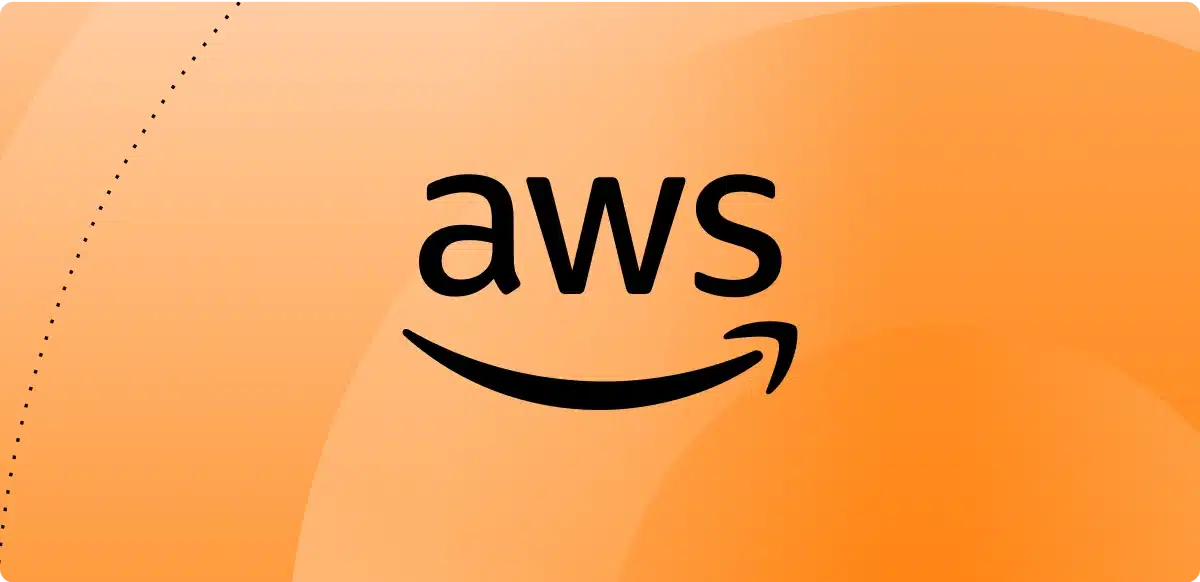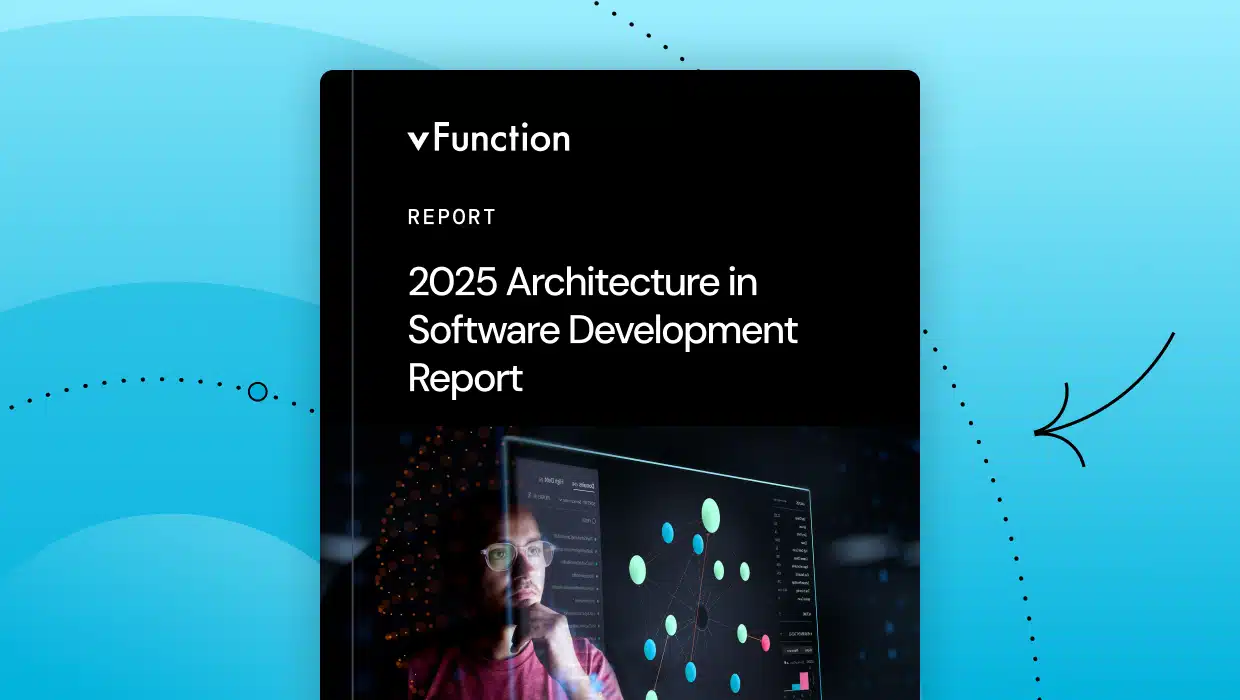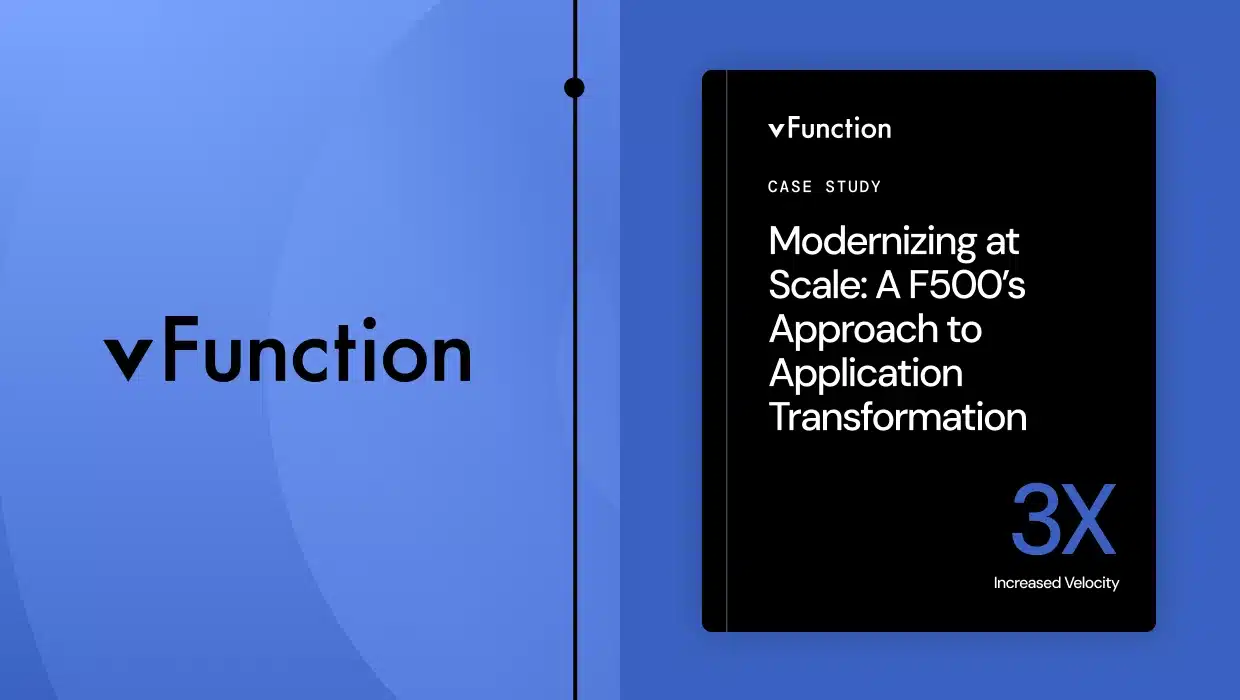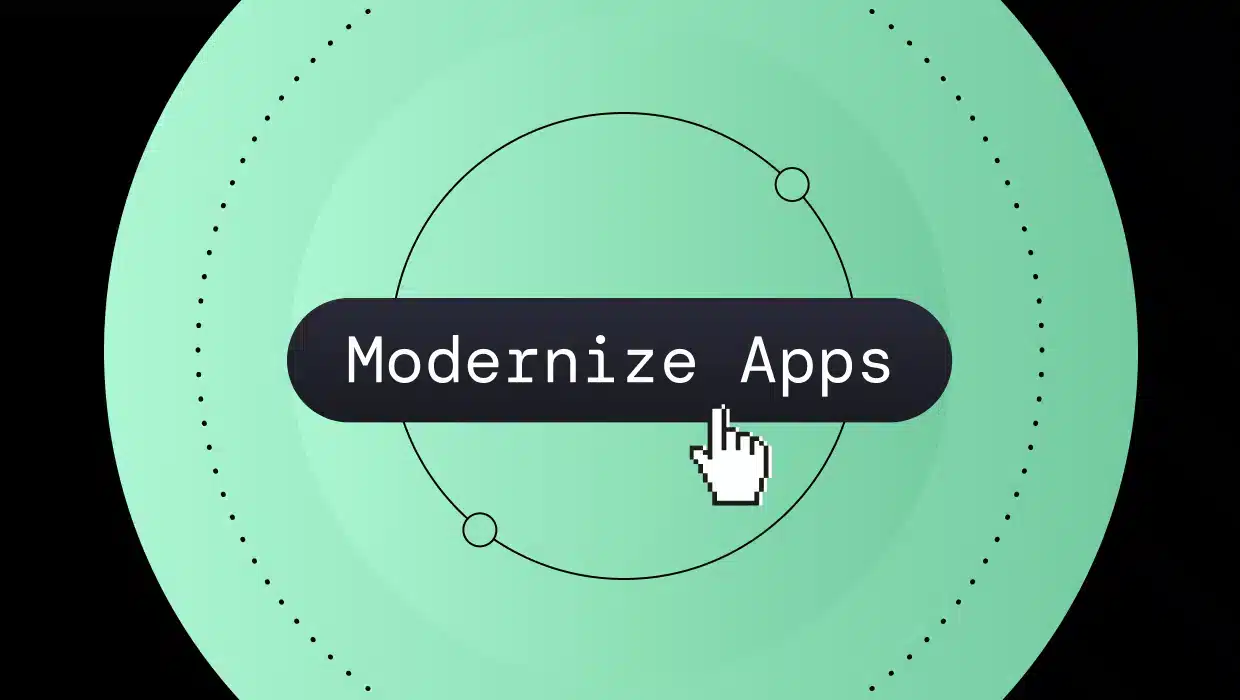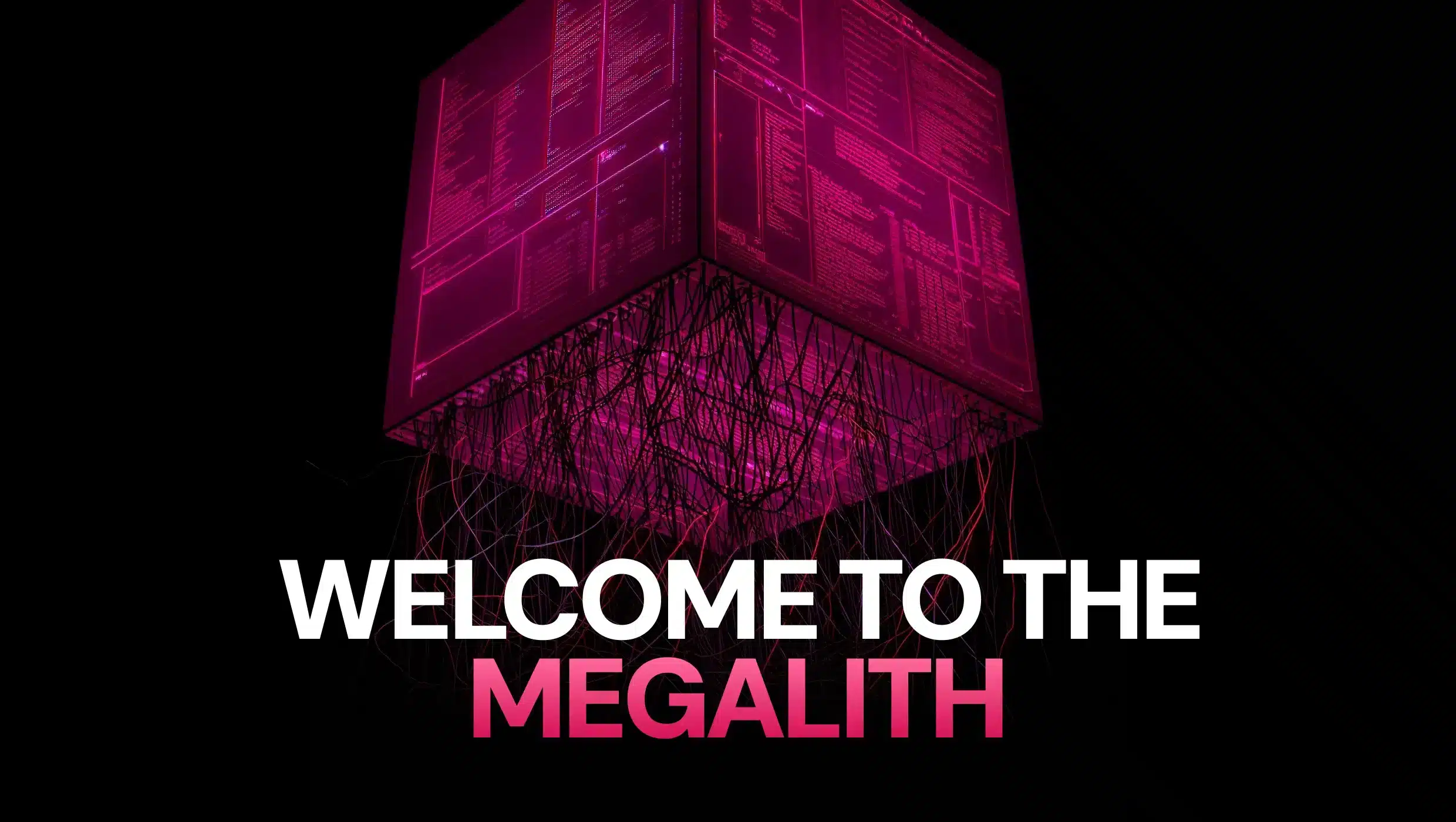Businesses facing rapid innovation must continually modernize applications to stay competitive. Legacy systems, restricted by outdated technologies, can impede agility and efficiency. Like renovating an old house to meet modern standards while retaining its charm, application modernization updates the technology and architecture of apps without losing essential functionality. This can range from cloud migration to transforming monoliths into microservices.
In this blog, we explore application modernization through seven case studies from various industries, demonstrating how companies have addressed legacy issues, integrated modern technologies, and realized cost savings and enhanced efficiency. Let’s delve deeper into what application modernization involves.
What is application modernization?
Application modernization is the process of updating and transforming legacy software applications to meet current business needs by leveraging the latest technologies. To keep with our house renovation metaphor, it’s not just about slapping on a fresh coat of paint; it involves a fundamental shift in how applications are designed, developed, and deployed. Previously focused on cost savings or aging platforms, modernization has evolved into a proactive strategy. Companies now upgrade their applications to integrate cutting-edge AI technologies, adapting to trends like generative AI and advanced intelligent agents for enhanced performance and competitiveness. No matter what the reason for modernization, here’s a breakdown of what it can involve:
- Technology updates: Migrating applications to newer platforms, programming languages, and frameworks. This could mean moving from on-premises infrastructure to the cloud, adopting the latest architecture, or incorporating modern technologies like containers and serverless computing.
- Software decomposition: Systematically dismantling complex legacy systems into simpler, independent components, thereby reducing technical debt and eliminating outdated dependencies to facilitate easier maintenance and future scalability.
- Code refactoring: Restructuring and optimizing existing code to improve performance, maintainability, and security. This might involve breaking down monolithic applications into smaller independent modules or services.
- Cloud migration: Moving applications to cloud environments to leverage scalability, elasticity, and cost efficiency. This could mean re-platforming, re-hosting, or even re-architecting applications to make them work well in the cloud.
- UI/UX enhancement: Modernizing the user interface and user experience (UI/UX) to improve usability, accessibility, and overall user satisfaction.
- Integration with modern systems: Integrating legacy applications with modern systems and APIs to enable new or expanded functionality, data exchange, and interoperability.
- Security enhancements: Implementing modern security measures to protect applications from cyber threats and ensure data privacy.
Modernization projects vary, customizing strategies and techniques to specific applications, business needs, and technology goals, but aim to transform legacy systems into modern, agile, and scalable platforms for growth and innovation.
Why do you need application modernization?
Legacy applications can seriously hinder growth and innovation. In a 2024 survey, RedHat found that companies planned to modernize 51% of their applications within the next year. This means that the urgency to modernize is critical. For widespread adoption, application modernization must be viewed not just as a technical update, but as a strategic necessity to stay competitive and avoid falling behind rivals. Here’s why you need to consider application modernization as a key initiative for any technology-backed business:
- Agility and scalability: Modernized applications are built on flexible architectures that can adapt to changing business needs. They can scale up or down quickly to handle fluctuating workloads so businesses can respond dynamically to the demands of the system/application.
- Performance and efficiency: Outdated technologies and architectures can cause performance bottlenecks and inefficiencies. Modernization optimizes applications for speed and efficiency, reduces latency, and improves user experience.
- Cost savings: Legacy systems generally require expensive maintenance and support. Modernization can reduce these costs by leveraging cloud-native services, automation, and more efficient technologies.
- Security: Modernized applications incorporate the latest security measures to protect against cyber threats and ensure data privacy. By using more modern infrastructure, frameworks, and programming languages, applications are more likely to be secure.
- Innovation: Modern technologies and architectures enable businesses to innovate faster and deliver new features and services to market quickly. This can give businesses a competitive edge and drive business growth, as it increases the chance of being first to market.
- Customer experience: Modernized applications offer better user experience, intuitive interfaces, faster response times, and enhanced functionality. Users expect a modern look and feel and quick and consistent performance, which are major drivers of customer satisfaction and loyalty.
- Developer experience: Aside from merely focusing on the external customer experience, modernizing to newer technologies can also help developers working on the application. By modernizing the app, developers usually benefit from the capabilities that new frameworks and technologies bring to their workflows. This can also help attract new talent to the organization since many developers prefer to work with the latest and greatest tech versus legacy codebases.
- Future-proofing: By adopting modern technologies and architectures, businesses can future-proof their applications and ensure they remain relevant and competitive in the long term. The longer modernization is delayed, the taller the mountain is to climb to remain relevant and competitive.
In short, application modernization is not just about upgrading your application or service to the latest technology; it’s about transforming your applications to drive new business growth and innovation and keep up with the ever-increasing standard for customer satisfaction.
Seven application modernization case studies
Now, if you’ve been around the software development space for a while, chances are that you have either participated in a transformation or modernization project or know of companies that have undergone such efforts. Below, let’s look at some large organizations that you’ll likely be familiar with, as well as some that are less known. The common thread between them is that they’ve all undergone massive digital transformation and modernization efforts that helped them move their applications to the next level.
Amazon: From monolith to microservices
Amazon, one of the most dominant e-commerce and cloud computing companies today, didn’t always have the scalable architecture it’s known for now. In its early days, Amazon operated as a monolithic application, where all its services—search, checkout, inventory, and recommendations—were tightly coupled in a single codebase. While this approach worked initially, it became a major bottleneck as Amazon’s growth skyrocketed. AWS CTO Werner Vogels famously recalls his “worst day ever” at a reInvent keynote, due to this architecture. Deployments took hours, minor changes in one part of the system risked breaking others, and scaling meant replicating the entire monolith, leading to inefficient resource usage.
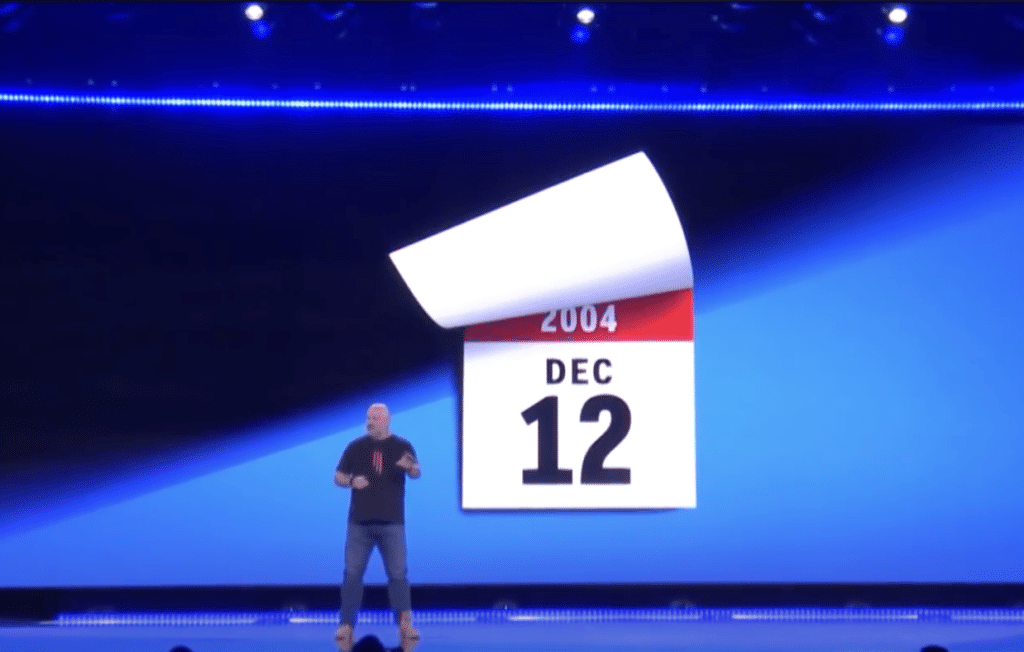
AWS CTO, Werner Vogels, recalling his “worst day ever” on the reInvent keynote stage.
Recognizing that the status quo wasn’t sustainable, Amazon underwent a radical transformation of its monolithic ‘bookstore’ application into smaller services. But before that, they had to address these key challenges:
- Water-tight planning: Splitting the monolithic architecture into functional microservices required detailed planning to ensure seamless communication and data consistency.
- Operational overhead: Managing numerous services introduced complexities in monitoring, debugging, and deploying, necessitating the development of new tools and methodologies.
- Security concerns: The distributed nature of microservices increased potential security vulnerabilities, requiring robust protocols to secure service communications and prevent unauthorized access.
To address these challenges, they:
- Decomposed their monolith into thousands of independent microservices, enabling teams to develop and deploy changes in isolation.
- Gave each microservice its own dedicated database, moving away from a centralized relational database to a distributed, purpose-built approach.
- Implemented API gateways and service discovery, orchestrating communication between microservices without overwhelming network traffic.
- Shifted to an eventual consistency model, allowing services to function independently even if other parts of the system experienced delays.
- Adopted a DevOps culture, enabling continuous deployment and infrastructure automation, keeping security top of mind.
The transition to microservices transformed Amazon’s ability to innovate rapidly. Teams could deploy new features hundreds of times per day without risking downtime. Scaling became granular and efficient, allowing Amazon to support peak traffic during events like Prime Day without over-provisioning infrastructure. This modernization was pivotal in Amazon’s ability to maintain its position as a global e-commerce leader.
Netflix: Migration to the cloud
In 2008, Netflix suffered a catastrophic database corruption in its primary data center that brought DVD shipments to a halt for three days. This incident exposed a glaring problem—Netflix’s on-premises infrastructure wasn’t resilient enough for its rapid growth. At the same time, the company was shifting its business model toward streaming video, a move that would demand exponentially greater computational and storage capacity.
Determined to build a scalable and fault-tolerant architecture, Netflix completed its seven-year cloud migration to AWS. However, Netflix had a few problems to solve:
- Scalability: Rapid user growth required Netflix to build an infrastructure capable of handling large and unpredictable workloads.
- Reliability: Ensuring consistent service uptime was critical, amidst the complexities inherent in a distributed cloud-based system.
- Cloud-native re-architecture: Migrating to AWS necessitated a comprehensive rebuild of their systems to fully exploit cloud capabilities.
Their modernization efforts included:
- Migrating all core services to AWS, eliminating capacity constraints, and enabling dynamic scaling.
- Rewriting their monolithic application into hundreds of microservices, allowing different teams to own and iterate on services independently.
- Leveraging chaos engineering, proactively injecting failures in production to ensure system resilience.
- Building multi-region redundancy so that traffic could be rerouted seamlessly if one AWS region experienced an outage.
Implementing real-time analytics and AI-driven content delivery, ensuring smooth playback quality based on user bandwidth.
This transformation allowed Netflix to scale from a few million DVD subscribers to over 300 million streaming users worldwide. Their cloud-native approach enabled 99.99% uptime, seamless feature rollouts, and high-definition streaming at scale. In many ways, Netflix didn’t just modernize their platform—they set new standards for cloud-based streaming services.
Walmart: Omnichannel retail transformation
As one of the largest brick-and-mortar retailers in the world, Walmart had long dominated physical retail. However, the rise of e-commerce and mobile shopping forced Walmart to rethink its approach to technology. Walmart’s legacy e-commerce platform was a monolithic system that struggled with high traffic spikes, particularly during Black Friday sales.
Determined to modernize its tech stack and improve scalability, Walmart undertook a monolith-to-cloud microservices journey. Their transformation journey started by solving these key challenges:
- Integration complexity: Integrating new microservices with existing legacy systems without disrupting the ongoing operations posed a significant challenge, given the scale at which Walmart operates.
- Data consistency: Ensuring data consistency across distributed systems was crucial, especially in retail where real-time inventory management and customer data are pivotal.
- Cultural and organizational shifts: Moving to a microservices architecture required a shift in organizational culture and processes, adapting to more agile and DevOps-centric practices, which was a massive undertaking for a corporation of Walmart’s size.
Some of the critical efforts in the transformation processes included:
- Adopting a microservices-based approach, breaking down its tightly coupled e-commerce platform.
- Rebuilding critical services in Node.js, reducing response times, and improving efficiency.
- Migrating infrastructure to the cloud, ensuring elasticity during traffic surges.
- Implementing real-time analytics, allowing dynamic inventory updates and personalized recommendations.
- Designing a mobile-first shopping experience, ensuring seamless integration across online and in-store purchases.
The impact was immediate. Walmart could handle 500 million page views on Black Friday without performance degradation. Their modernization efforts turned them into a major e-commerce player, competing more effectively with Amazon while delivering a seamless omnichannel experience.
Adobe: Transition to cloud-based services
Adobe operated under a traditional software licensing model for years, selling boxed versions of Photoshop, Illustrator, and other creative tools. However, the rise of cloud computing and subscription-based software services put pressure on Adobe to modernize its business model.
Adobe’s transformation of a huge monolith into micro-frontends was a key step in this journey. However their journey was not without challenges.
- Architectural dependencies: Adobe had to break down their monolithic application into micro-frontends, facing challenges related to component exposure, dependency sharing, and handling dynamic runtime sharing complexities.
- Integration complexity: They had to solve routing, state management, and component communication efficiently across independently developed and deployed micro-frontends.
- Performance concerns: The micro-frontend architecture involved loading resources from various sources that could potentially increase page load times and impact the overall user experience.
Their modernization strategy involved:
- Developing Adobe Ethos, a cloud-native platform that standardized deployment pipelines.
- Containerizing applications, allowing Creative Cloud services to scale independently.
- Implementing continuous delivery, enabling real-time software updates rather than large, infrequent releases.
- Building a self-service internal platform as a service (PaaS), improving efficiency across global development teams.
This transition reinvented Adobe as a cloud-first company, leading to predictable recurring revenue, improved customer retention, and rapid innovation.
Khan Academy: Scaling and maintaining a growing platform
Khan Academy, the non-profit educational platform, began as a monolithic Python 2 application. As the platform grew to millions of students, this aging architecture became a major roadblock.
With increasing technical debt, Khan Academy launched “Project Goliath,” a full-scale re-architecture effort. Their modernization included a successful monolith-to-services rewrite. However, they were strategic in their modernization efforts by staying away from manual efforts keeping in mind the following:
- Scalability and efficiency: Automated modernization techniques allowed Khan Academy to efficiently manage their extensive codebase and services, which would be impractical and highly time-consuming with manual efforts. Their goal was to improve scalability and the ability to handle the growing demands on their platform, something manual processes would not have supported effectively.
- Risk management: Through automation, Khan Academy was able to better manage risks associated with the transformation process. Manual modernization techniques would have posed higher risks of errors and inconsistencies, which can be detrimental in a learning environment that millions rely on. The automated approach provided a more controlled and error-proof environment, particularly important for the educational integrity and reliability of the platform.
- Timeliness: The project to migrate from a monolithic to services-oriented architecture was ambitiously timed. Khan Academy aimed to complete significant portions of this project within a constrained timeframe. Manual modernization efforts, due to their slow and labor-intensive nature, would not have met these strategic timelines, potentially delaying crucial updates and improvements essential for user experience and platform growth
Their improvements included:
- Rewriting core services in Go, dramatically improving performance.
- Using GraphQL APIs, making data fetching more efficient.
- Gradually migrating services using the Strangler Fig pattern, minimizing downtime.
- Adopting cloud-based infrastructure, improving reliability and scalability.
By modernizing its platform, Khan Academy reduced infrastructure costs, improved page load times, and ensured that it could continue to support millions of students worldwide, even during traffic spikes.
Turo: Accelerating modernization with vFunction
Let’s explore two case studies where vFunction was pivotal in driving change. First up is Turo, the popular peer-to-peer car-sharing marketplace, which faced the challenges of a monolithic architecture. As Turo’s platform developed, the monolith became a bottleneck, limiting scalability and slowing development, ultimately hindering their ability to meet market demands. To tackle these challenges, the CTO challenged his team to build for 10X scale. Turo turned to vFunction for deeper insights into their application’s complexity. With vFunction’s help, Turo initiated a strategic modernization journey, transitioning from a monolith to microservices. Here’s an overview of the implementation and the key benefits they gained:
- Utilized vFunction to visualize complex dependencies within their monolithic application.
- Accelerated the refactoring process, specifically breaking apart the monolith into newly minted microservices.
- Improved developer velocity, enabling faster delivery of new features.
With vFunction, Turo used architectural observability to move toward a more scalable and agile architecture. This is one example of how the right tool can expedite the application modernization journey and help make it successful.
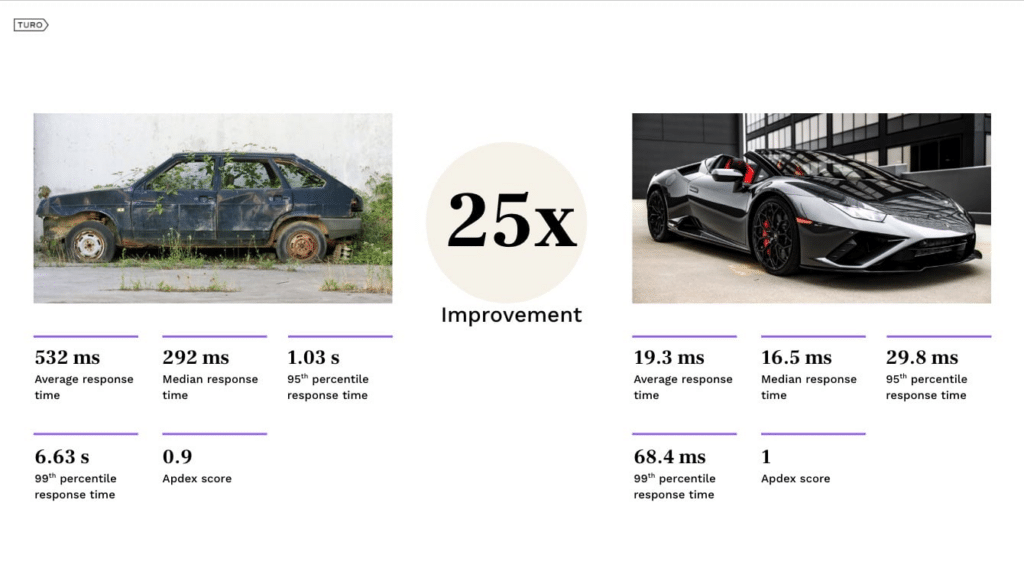
Turo realized huge efficiencies as it began to implement microservices and plan for 10X scale.
Trend Micro: Enhancing security and agility
In another vFunction case study, Trend Micro, a global cybersecurity leader, recognized the need to modernize its legacy applications to enhance security and agility to help protect against increasing cyber threats. To remain at the forefront of cybersecurity, they needed to adopt modern architectures that would enable faster innovation and stronger security postures. But Trend Micro faced several challenges:
- Monolithic architecture challenges: Trend Micro’s Workload Security product suite comprised 2 million lines of code and 10,000 highly-interdependent Java classes, which made it difficult to achieve developer productivity, increased deployment velocity and speed, as well as other cloud benefits. Their legacy systems were deeply intertwined, which complicated any efforts towards modernization.
- Negative impact on engineer morale: The engineering teams working on the Workload Security monolith were using outdated technologies and practices. This caused frustration, as the large and indivisible nature of the shared codebase hindered the engineers’ ability to make impactful changes or address system issues efficiently. The lackluster division of the codebase and lack of clear domain separation among teams reduced the ability to handle system errors or failures quickly.
- Inadequate “lift and shift” for value delivery: While initial attempts to re-host parts of the workload security to AWS improved compute efficiency, deeper refactoring was required for proper scaling and full utilization of the cloud’s features. Without this, services had to be over-provisioned and kept always-on, which was not optimal.
- Scaling and feature delivery: Due to the monolithic structure, there was a lack of ability to scale, slowing the speed of deployment and decreasing product agility. This limitation led to difficulties in implementing new features and fulfilling feature requests, negatively affecting customer satisfaction and the potential for contract renewals.
To mitigate these challenges , they used vFunction to modernize their applications. During this modernization effort, they:
- Decomposed monolithic applications into manageable microservices using vFunction.
- Improved time-to-market for new security features.
- Strengthened their overall security posture.
By modernizing with vFunction, Trend Micro ensured they could continue to provide cutting-edge security solutions to their customers, protecting them from emerging threats.
How can vFunction help with application modernization?
Understanding your existing application’s current state is critical in determining whether it needs modernization and the best path to do so. This is where vFunction becomes a powerful tool to simplify and inform software developers and architects about their existing architecture and the possibilities for improving it.
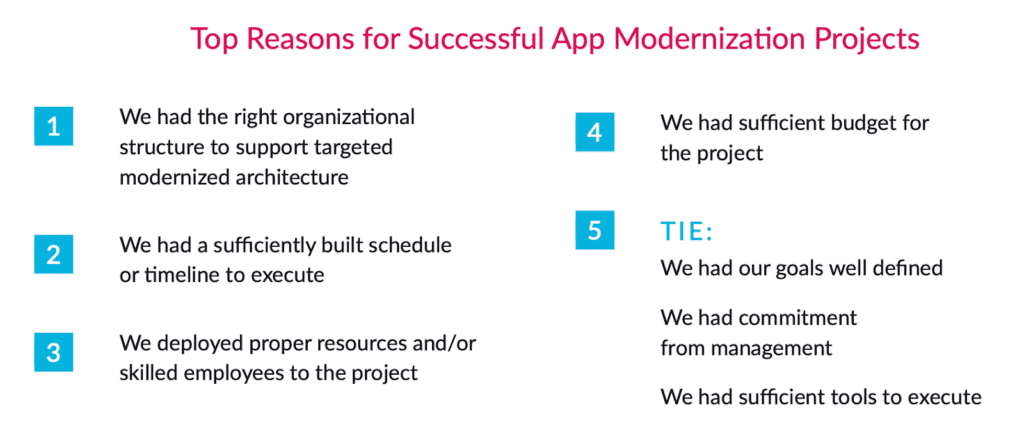
Results from vFunction research on why app modernization projects succeed and fail.
vFunction streamlines application modernization through:
1. Automated analysis and architectural observability: It initiates an in-depth automated exploration of the application’s code, structure, and dependencies, saving significant manual effort. This establishes a clear baseline of the application’s architecture. As changes occur – whether they’re additions or adjustments – vFunction provides architectural observability with real-time insights, allowing for an ongoing evaluation of architectural evolution.
2. Identifying microservice boundaries: For those looking to transition from monolithic to microservices architecture, vFunction excels in identifying logical separation points based on existing functionalities and dependencies, guiding the optimal division into microservices.
3. Extraction and modularization: vFunction facilitates the conversion of identified components into standalone microservices, ensuring each maintains its specific data and business logic. This leads to a modular architecture, simplifying the overall structure and by leveraging Code Copy it fosters an accelerated path towards the targeted architectural goals.
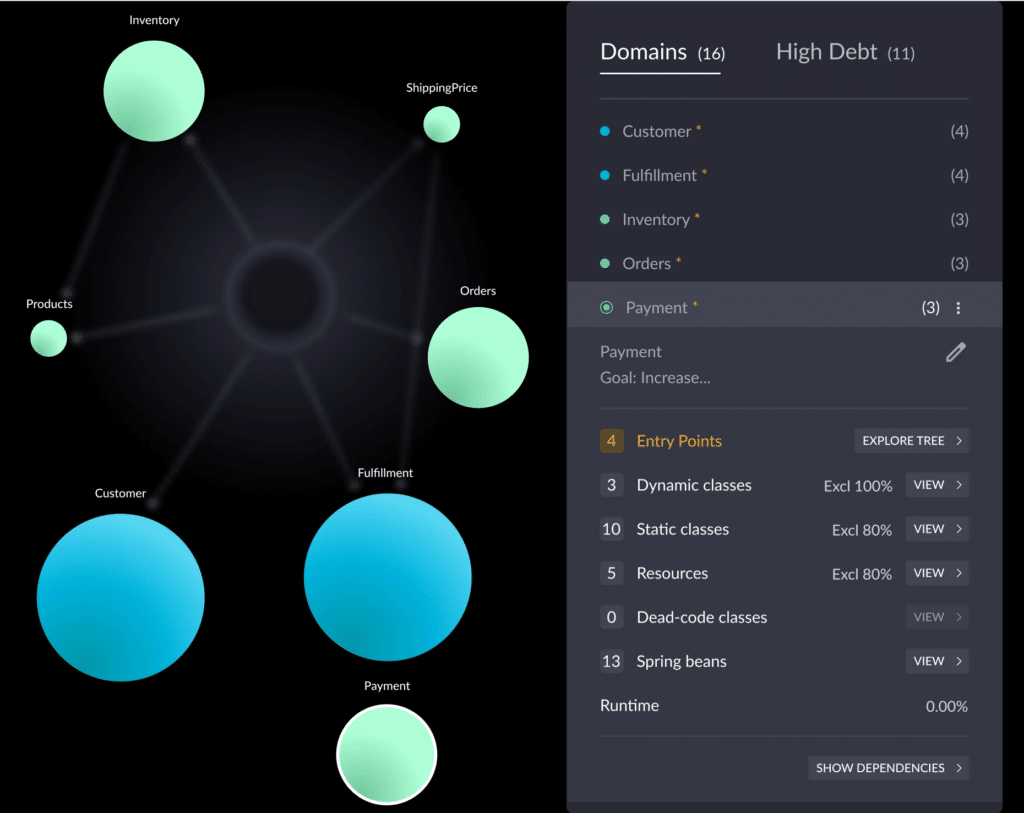
Through automated, AI-driven static and dynamic code analysis, vFunction understands an application’s architecture and its dependencies so teams can begin the application modernization process.
Key advantages of using vFunction
- Accelerated modernization: vFunction accelerates the pace of architectural enhancements and streamlines the path from monolithic structures to microservices architecture. This boost in engineering velocity leads to quicker launches for your products and modernizes your applications more rapidly.
- Enhanced scalability: Architects gain clarity on architectural dynamics with vFunction, making it simpler to scale applications. It provides a detailed view of the application’s structure, promoting components’ modularity and efficiency, which facilitates better scalability.
- Robust application resiliency: With vFunction’s thorough analysis and strategic recommendations, the resilience of your application’s architecture is reinforced. Understanding the interaction between different components allows for informed decisions to boost stability and uptime.
Summary
It will not be an exaggeration to say that modernization is not just desirable; it’s essential for thriving in today’s fast-paced technological landscape. Legacy systems that fail to adopt new advancements, including AI, compromise a business’s agility, scalability, and efficiency.
The case studies above show the power of modernization across different industries. Although each company is different, the benefits delivered are seen across the board: modernization delivers cost savings, scalability, and competitiveness. But if done without tools like vFunction to accelerate the process it can be a long, painful, resource-sucking endeavor.
vFunction is a vital tool for modernization projects and ongoing, continuous modernization, as evident in the last two case studies discussed earlier in this blog. Its AI-powered capabilities give you the power and automation to analyze, decompose, and refactor applications to modernize more efficiently. vFunction helps users to speed up the modernization journey and reduce risks along the way.With vFunction, businesses can transform their legacy applications into agile, scalable systems that are ready to meet both current and future demands. Curious about how vFunction can help you modernize your apps? Dive into our approach to application modernization or reach out to chat with our team of experts today.
